Why quince, beloved by everyone from Edward I to the Ancient Greeks, is the perfect autumn fruit
'I can’t deny that many of my quinces end up being infused in vodka or gin.'
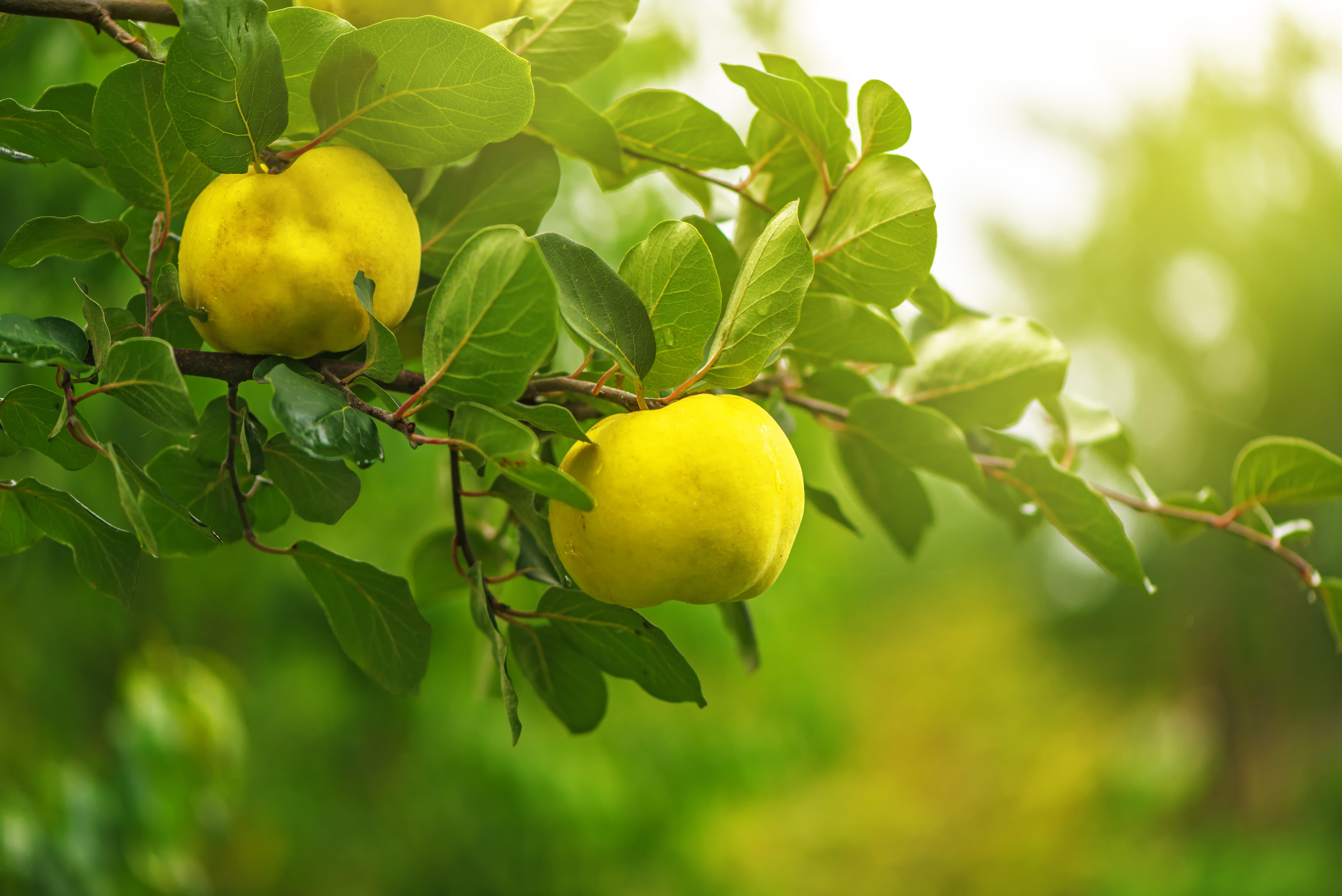

If you find yourself at a loss for something to do during these dark autumn evenings, you could do far worse than acquaint yourself with the stories, myths and history attached to the quince. Thus, you will find that the ‘apple’ that tempted Adam in the Garden of Eden may have been the quince, which remains an enduring symbol of marriage, fertility and love. Likewise, the ‘golden apples’ offered to Aphrodite, the goddess of love, could have been quinces.
Although native to Asia, the quince takes its latin name (Cydonia oblonga) from Cydon in Crete, one of the many Mediterranean locations where it was grown. In the 13th century, one learns that it was Edward I who had four quinces planted in the grounds of the Tower of London and so initiated our love of this wonderful fruit.
The tree is as beautiful as its harvest, growing in an appealingly random form, which needs pruning only by those happiest when snipping. In mid spring, the flowers appear: soft white, upright twists with pink flourishes, not unlike a watercoloured barbershop sign, slowly opening into beautiful dog-rose-like saucers. Their scent is the essence of spring; a cross between daffodils and broad-bean flowers. It’s also peculiarly elusive: bury your nose in a flower and there’s only a hint; walk away, and a wave of perfume engulfs you.
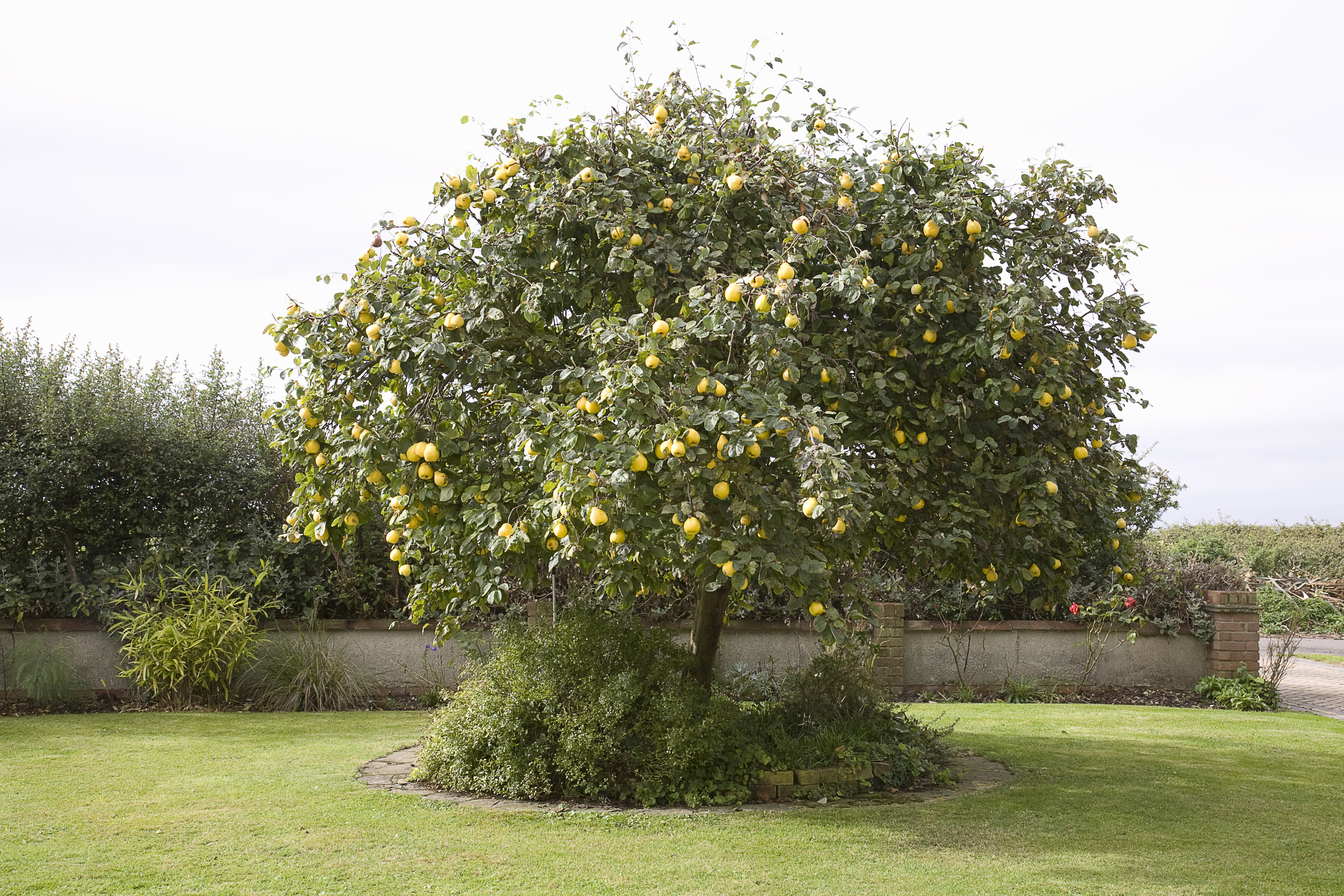
A quince can find a home in any garden and grows no larger than a small apple tree – you can even get an extreme dwarf quince that makes 5ft in height and spread. Give it sun, shelter and a reasonable soil and you’ll be in fruit every autumn. As the tree is self-fertile, one is all you’ll need.
The fruit itself looks somewhere between the pears and apples to which it is closely related, until, late in the season, it swells into something more voluptuous. At their peak, with the downy fur that often lightly covers them rubbed off, quinces look almost fake – as if made of alabaster or wax. They’re usually ready to pick in late October and November, when the fruit hangs like bright baubles from their leafless branches. Test for readiness by lightly twisting the fruit: if ready, they will easily leave the tree. In any event, they must be harvested before the real frosts arrive.
'The tree is as beautiful as its harvest'
Despite their beauty and scent, they are entirely unpalatable raw. Hard and sour, they need patience, warmth and sweetness to reveal their loveliness. My favourite way with quince is to peel and poach them in a sweet, spiced, cidery syrup and perhaps finish them in a high oven. They’re done when they take the point of a sharp knife – this may take 40 minutes, sometimes twice that.
I can’t deny that many of my quinces end up being infused in vodka or gin. I grate a couple into a one-litre jar, add an inch or so of sugar and top with booze. Three months later, I decant the now deep-crimson liqueur through a sieve into bottles. It’s excellent at this stage, but if you leave some for a year or longer, it becomes extraordinary. Be careful when peeling quinces: it is like peeling a cannonball and accidents are easy to come by.
Sign up for the Country Life Newsletter
Exquisite houses, the beauty of Nature, and how to get the most from your life, straight to your inbox.
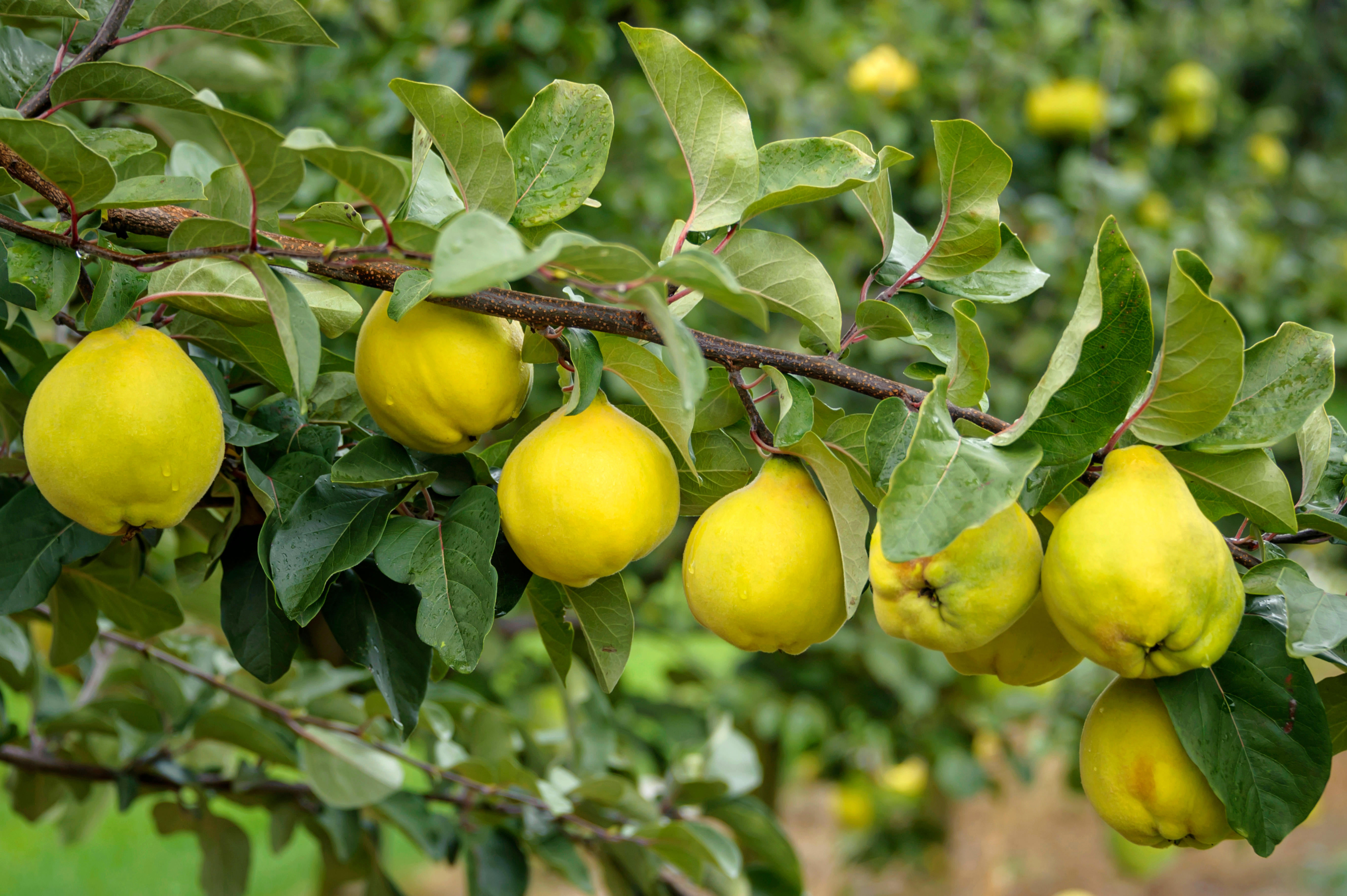
There are numerous, widely available varieties of quince (Cydonia oblonga). I have never detected any difference in flav-our, but Meeches Prolific and Vranja are large-fruited, early-ripening, and heavy croppers.
Position Quinces will grow in all but alkaline soils, although deep, fertile loam is best. They will grow in damp ground, as long as it doesn’t become waterlogged.
Growing Pruning is for shape and decluttering only: cut out dead or diseased wood, and any crossing stems that are rubbing. From flowering to harvest, a monthly spray or feed – to the leaves or roots – with comfrey tea or seaweed solution, helps keep the tree healthy.
Potential problems Quince are fairly trouble-free, although leaf blight can be a nuisance, bringing dark brown dots that are usually only cosmetic. If badly affected, rake up fallen leaves, gather affected fruit and incinerate them.
Harvest Quinces swell late and ripen from green to yellow as autumn arrives. Leave them on the tree until just before the frosts arrive. They should come away with a soft twist. Once indoors, quinces release an extraordinary scent as they ripen. They will store for two or three months in a cool, dry place.
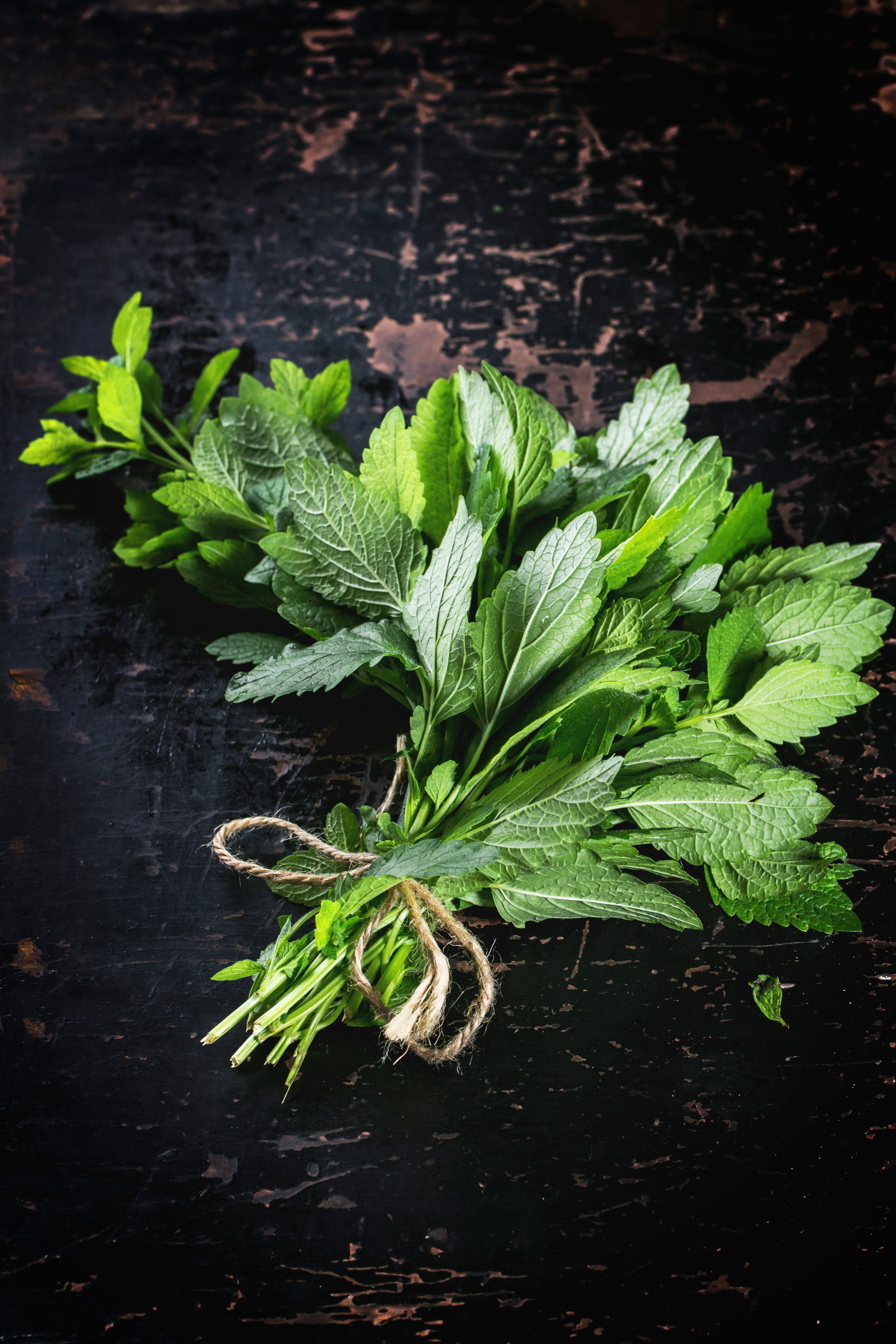
Credit: Alamy
Cultivating mint: What varietals to plant, where to plant them and whether they should be used for jelly or juleps
Mark Diacono explains why mint is for even the incurably incompetent horticultural enthusiast.
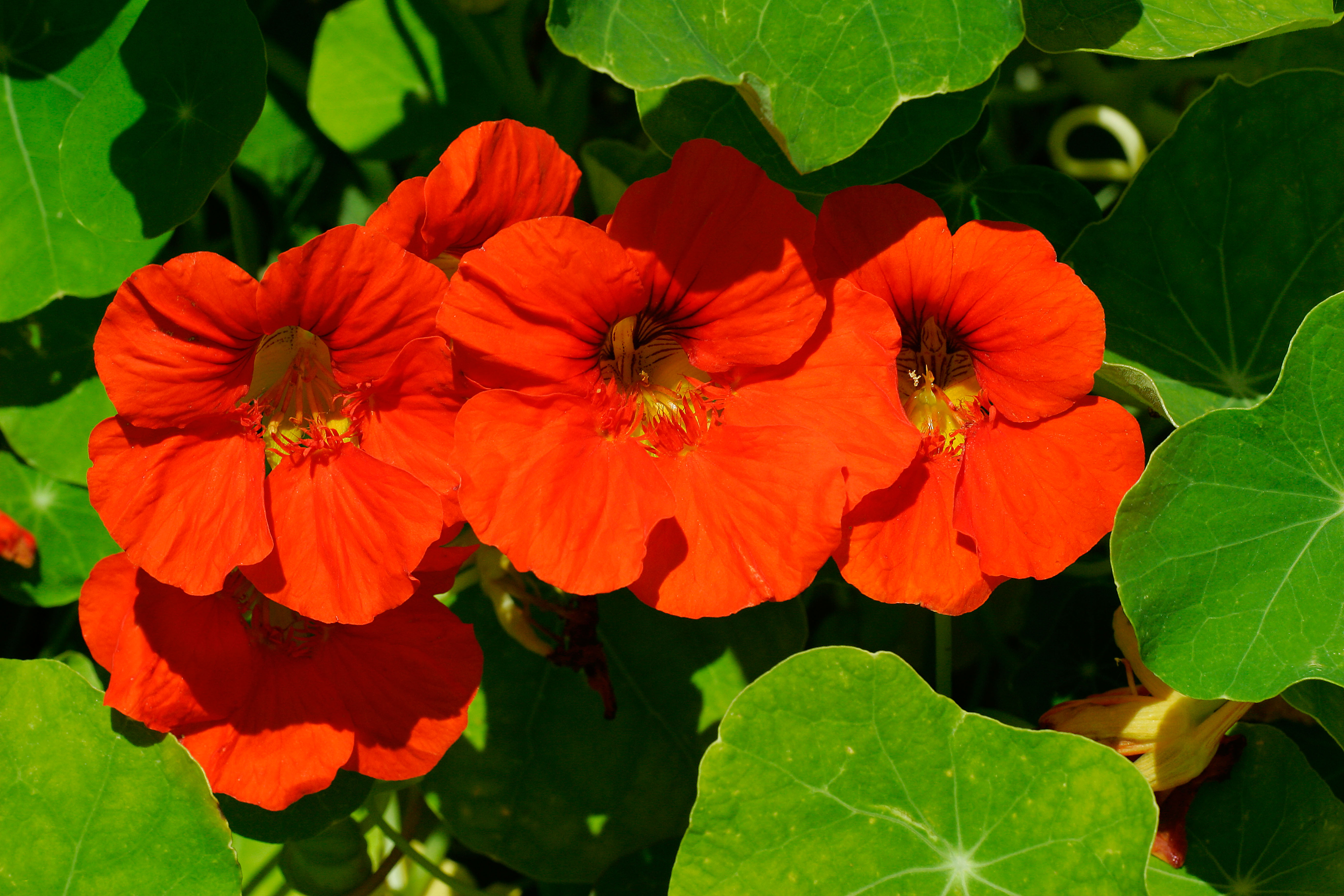
Credit: Alamy
The top salad leaves to grow in your garden for summer garnishes
Mark Diacono tells us his top salads to plant to accompany barbecues this summer season.
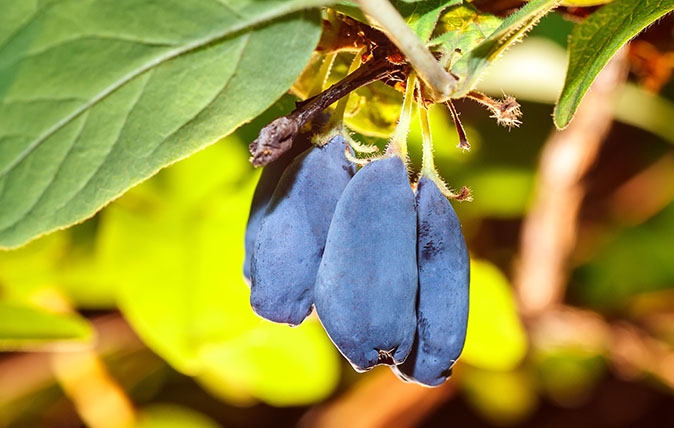
How to enjoy home-grown berries for seven months of the year
Mark Diacono offers us some berry good advice for enjoying our breakfast favourites, whatever the season.
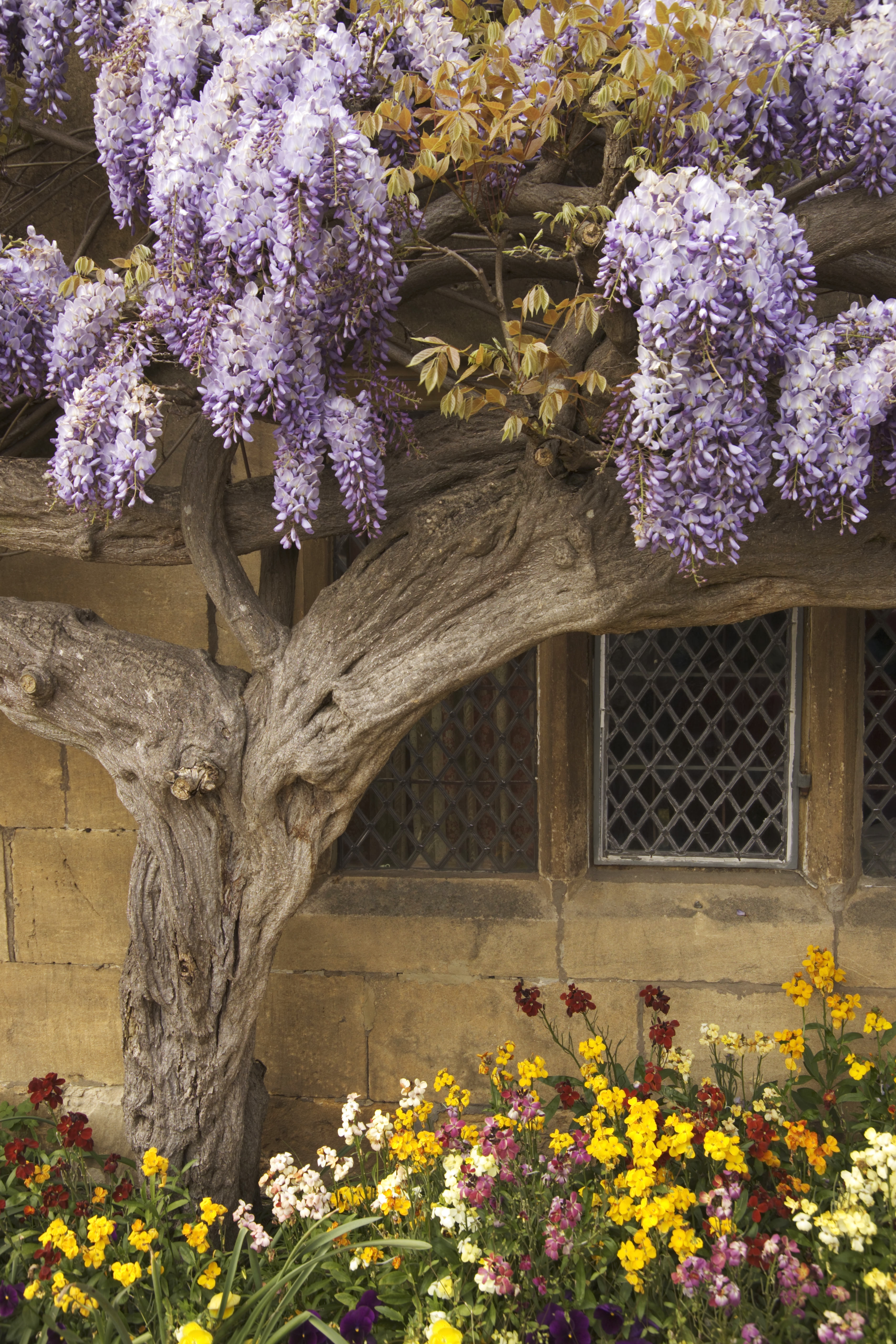
Credit: Getty
Alan Titchmarsh: A foolproof guide to growing wisteria
If you've been enviously eyeing the extraordinary wisteria on display across Britain this summer and wondering how you can grow
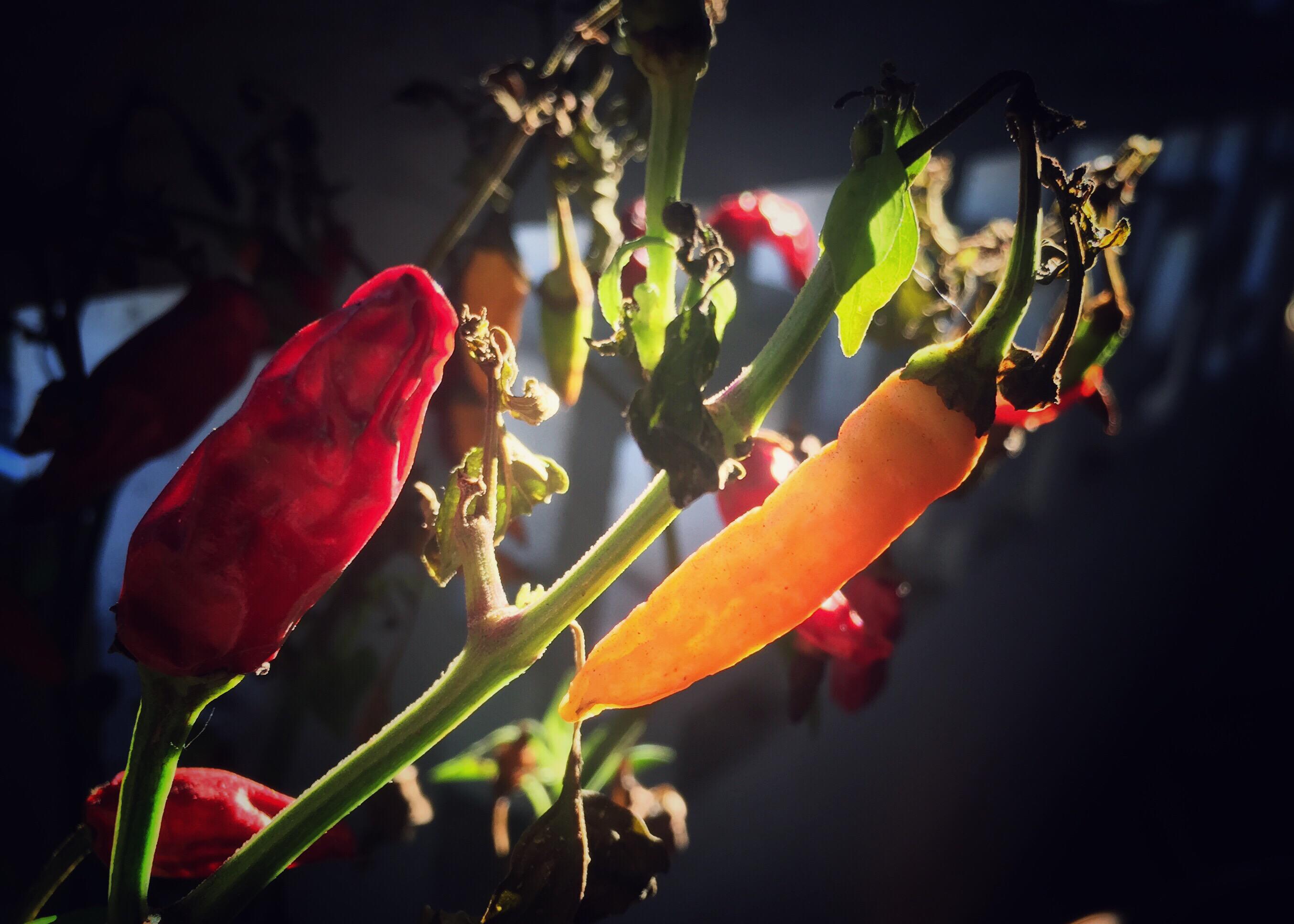
How to grow chillies in Britain: What to plant, where to plant them and how to make them grow
We associate chillies with hot climates, but they can be grown on these shores — Mark Diacono explains how.
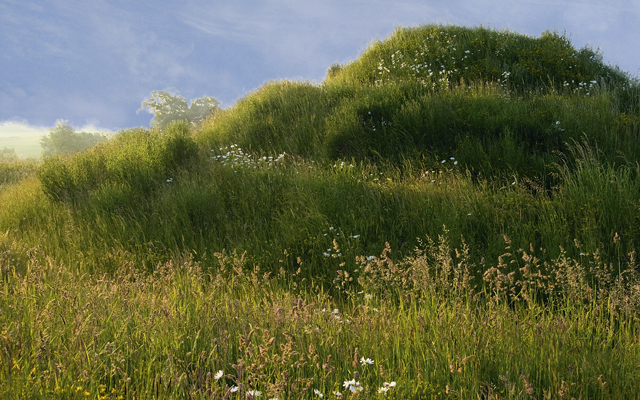
How to create a mound in the garden
Alan Titchmarsh on the joys of having a mound in his garden.
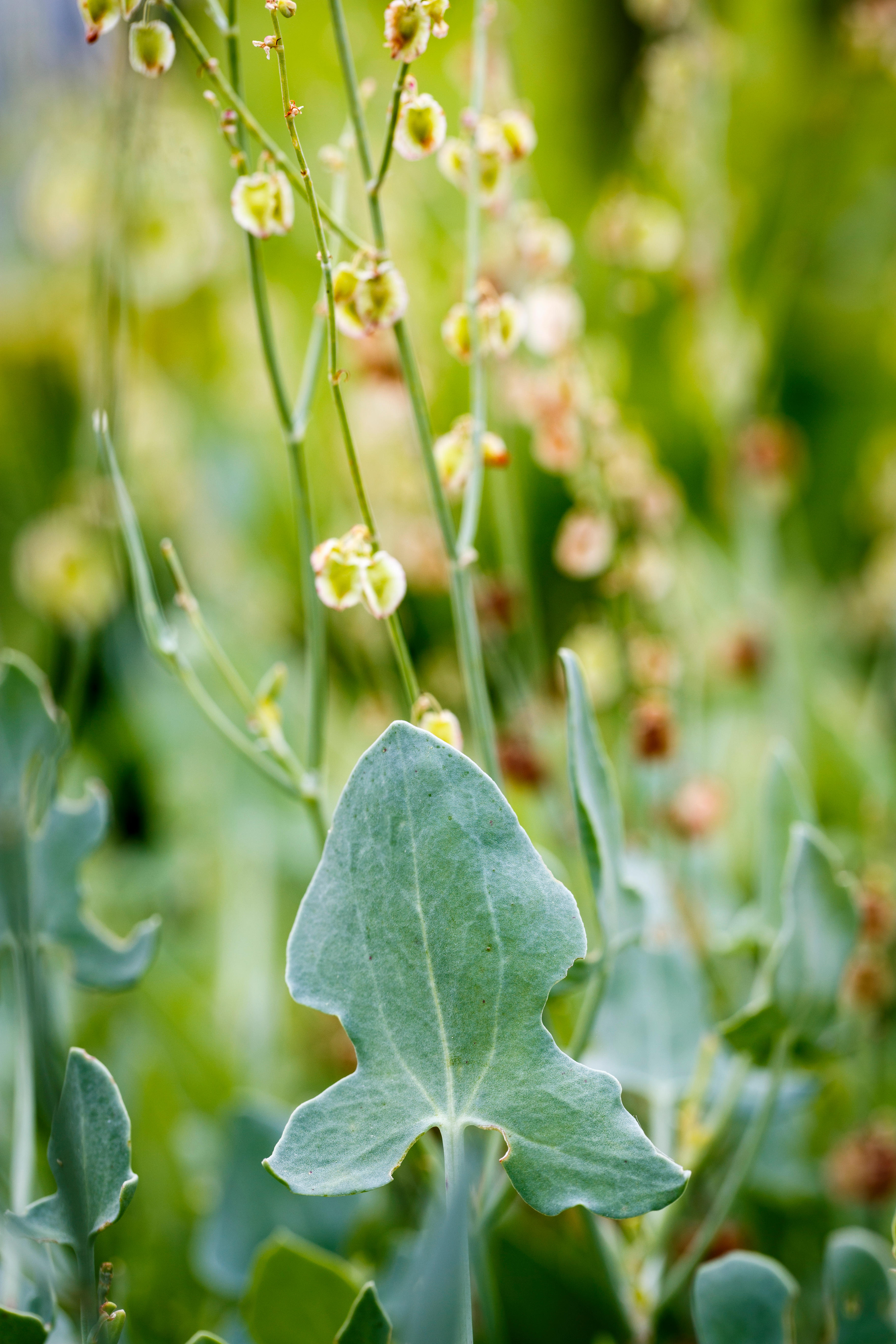
The delicious salad leaves to try in your garden that keep on giving with ‘cut and grow’
Pulling up entire salad plants seems like madness once you've moved on to 'cut and grow again' as Mark Diacono
Mark is lucky enough to spend most of his time eating, growing, writing and talking about food. He has written fourteen award-winning books, including A Year at Otter Farm and A Taste of the Unexpected (both won Food Book of the Year, and Garden Book of the Year). Known for growing everything from Szechuan pepper to pecans to Asian pears, Mark's refreshing approach to growing and eating has done much to inspire a new generation to grow some of what they eat. He was involved in the early days of River Cottage, appearing in the TV series, and writing four River Cottage books. Mark writes to a global audience on his best-selling Substack: Mark Diacono’s Abundance.
-
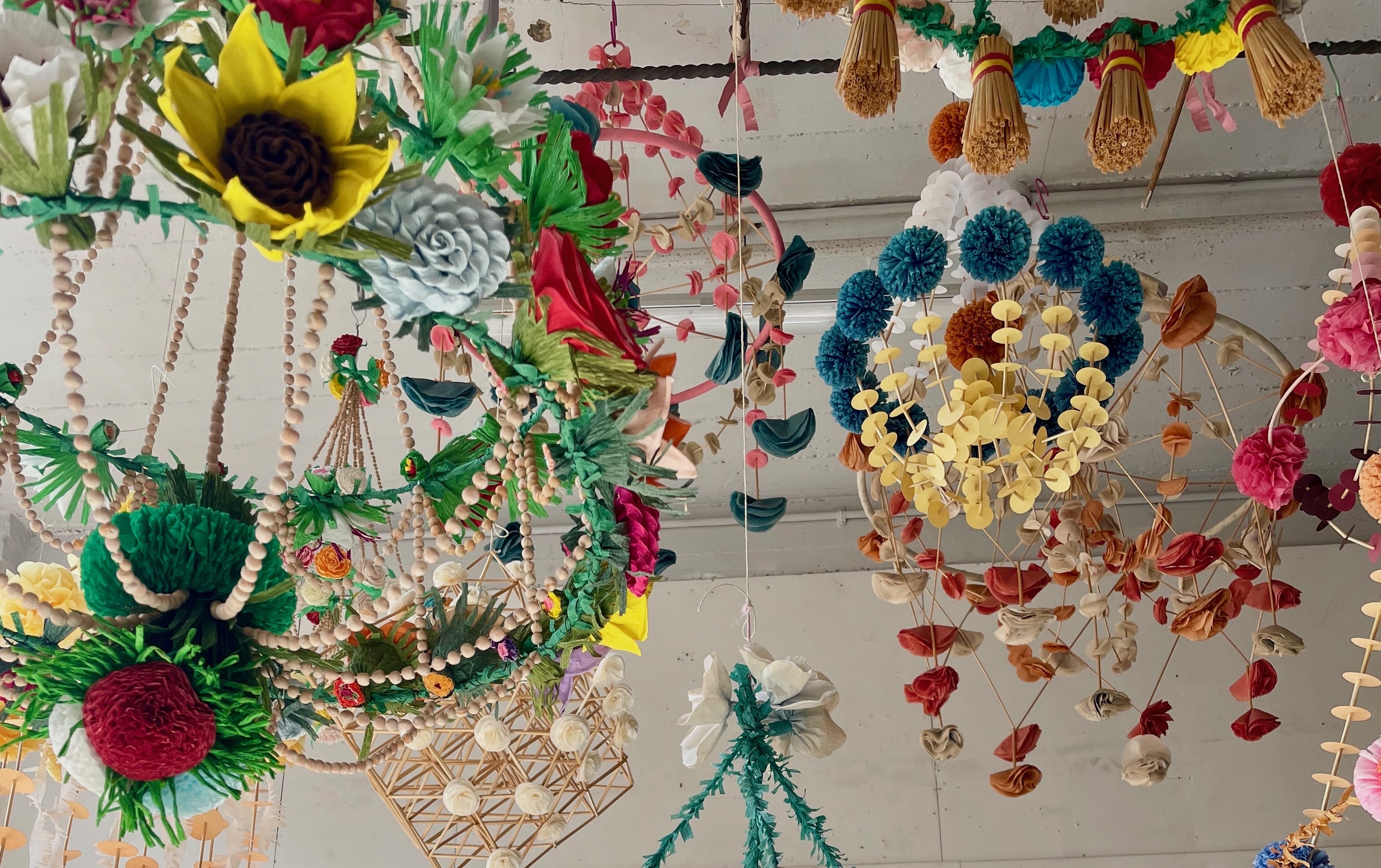 Burberry, Jess Wheeler and The Courtauld: Everything you need to know about London Craft Week 2025
Burberry, Jess Wheeler and The Courtauld: Everything you need to know about London Craft Week 2025With more than 400 exhibits and events dotted around the capital, and everything from dollshouse's to tutu making, there is something for everyone at the festival, which runs from May 12-18.
By Lotte Brundle
-
 Everything you need to know about private jet travel and 10 rules to fly by
Everything you need to know about private jet travel and 10 rules to fly byDespite the monetary and environmental cost, the UK can now claim to be the private jet capital of Europe.
By Simon Mills